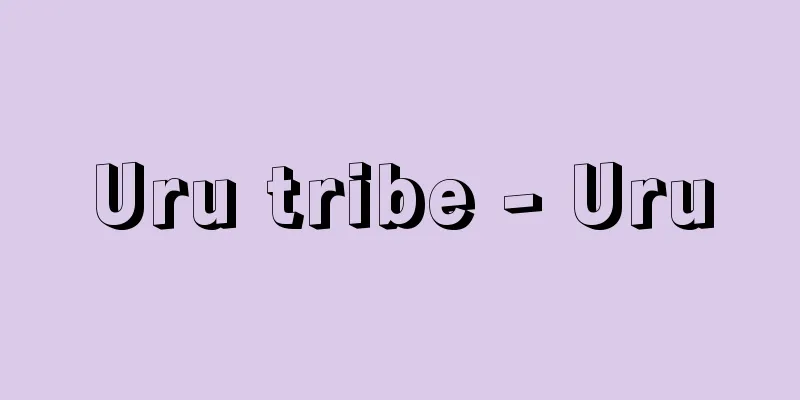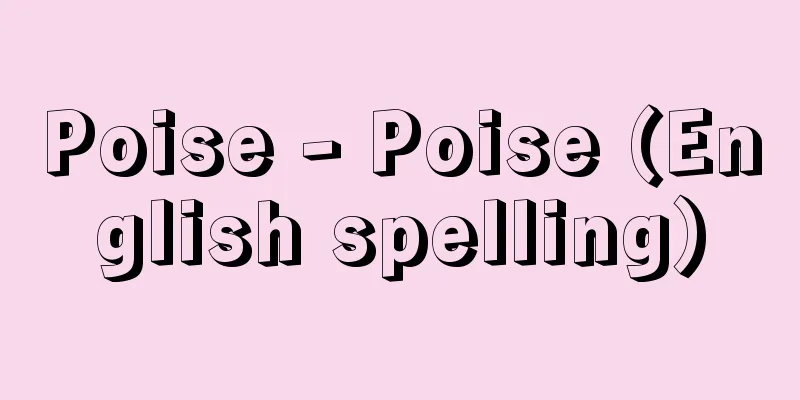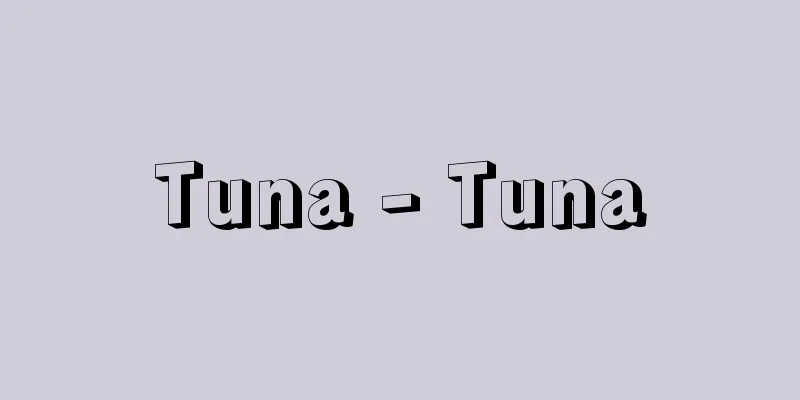Uru tribe - Uru

|
...Today, the majority of the Indians are Quechua and Aymara, the former living mainly in Peru, the latter from the shores of Lake Titicaca in Peru to Bolivia and Chile. The inhabitants of the artificial reed islands on Lake Titicaca are also called Uru, but they have lost their original Uru characteristics and have become Aymara. A small number of Chipaya people live in the Bolivian highlands. *Some of the terminology that refers to the "Uru tribe" is listed below. Source | Heibonsha World Encyclopedia 2nd Edition | Information |
|
…今日,インディオの大部分は,ケチュア族とアイマラ族からなり,前者は主としてペルー,後者はペルーのチチカカ湖岸からボリビア,チリにかけて住む。チチカカ湖上のアシの人工の島の住民はウル族ともよばれるが,本来のウル族の特徴は失われ,アイマラ化している。またボリビア高地には,チパヤ族がごく少数居住している。… ※「ウル族」について言及している用語解説の一部を掲載しています。 出典|株式会社平凡社世界大百科事典 第2版について | 情報 |
<<: First Dynasty of Ur - Urudaiichioucho
Recommend
Palaemon pacificus
… [Takeda Masatomo]. … *Some of the terminology t...
Jean de Joinville
French chronicler. Born into the family of the st...
Tiraspol' (English spelling)
A city in eastern Moldova. It is located about 70 ...
Three ropes
The duties of Buddhist monks who oversee all matte...
Marek's disease
A chicken disease caused by herpesvirus group B. T...
Normandy Invasion
On June 6, 1944, towards the end of World War II,...
Athenaeum (English spelling)〈German〉Athenaeum
A German literary magazine of the early Romantic p...
Idea - Kannen (English spelling) idea English
A term referring to the mental representations th...
Egyptian painting - Egyptian painting
...In a broad sense, it refers to artistic activi...
Onion Gratin Soup - Onion Gratin Soup
…Ingredients are simmered in water for a relative...
Oyashio Koriku
...Therefore, it is possible that the continent t...
Pepper Coast - Pepper Coast (English name)
The coast of the Gulf of Guinea in West Africa, n...
Mitsuaki Asano
1617-1693 A daimyo in the early Edo period. Born ...
Trumpet honeysuckle
...It is also called honeysuckle wine because of ...
Sahohiko and Sahohime - Sahohiko and Sahohime
A brother and sister who appear in the stories of ...









